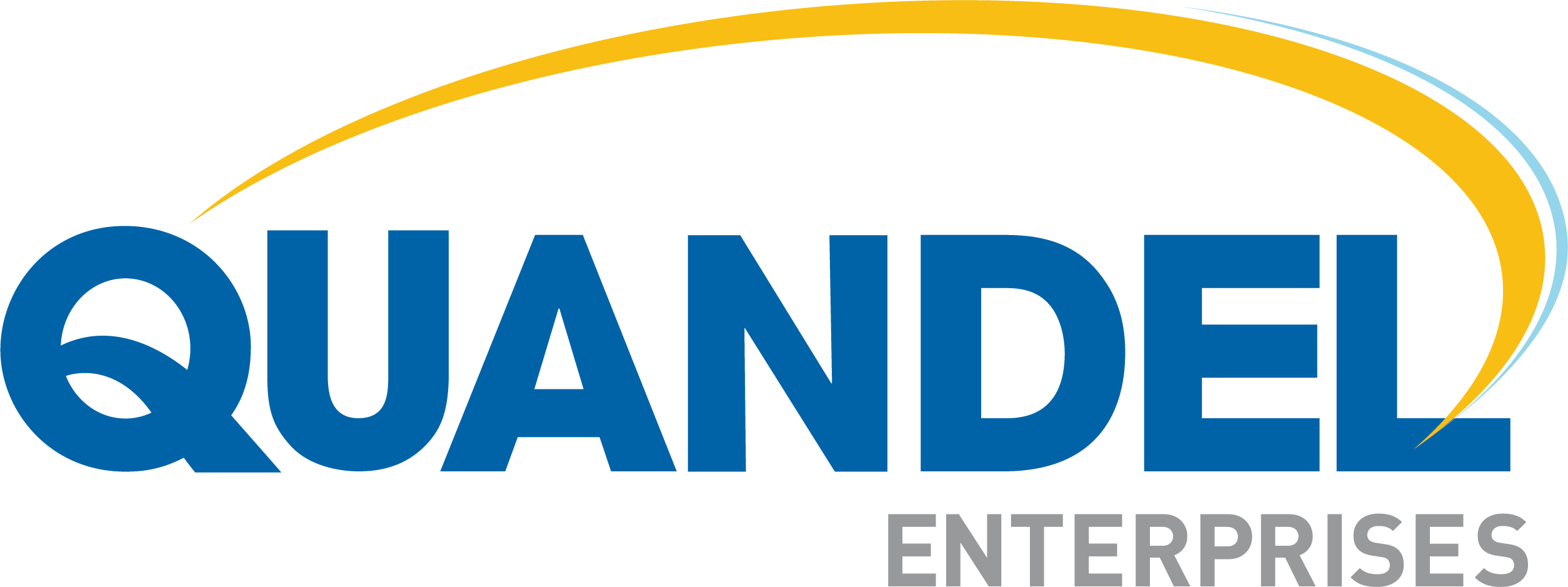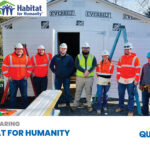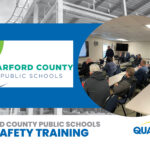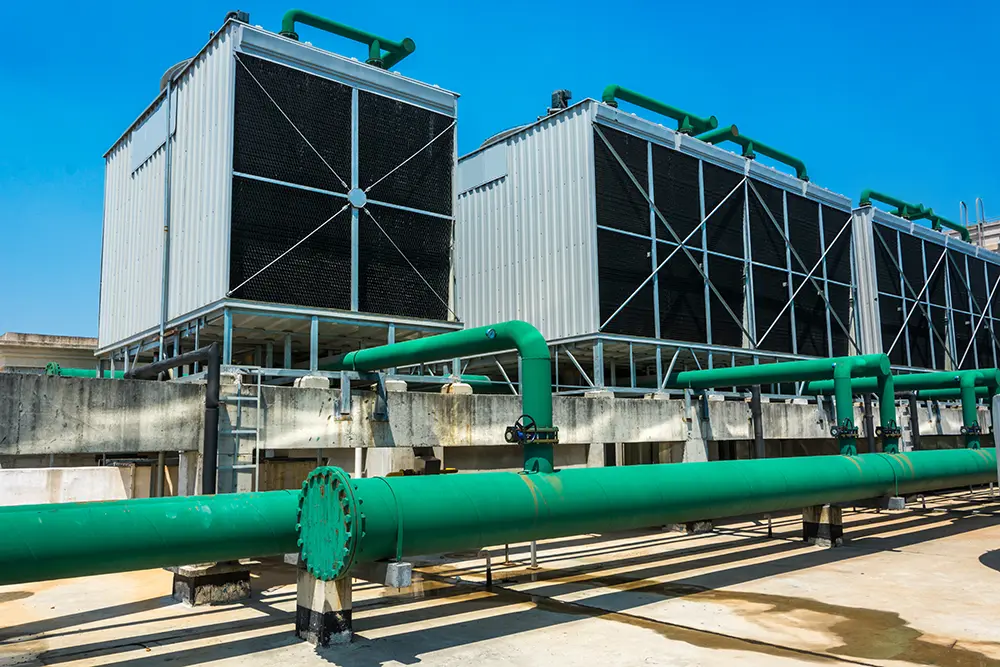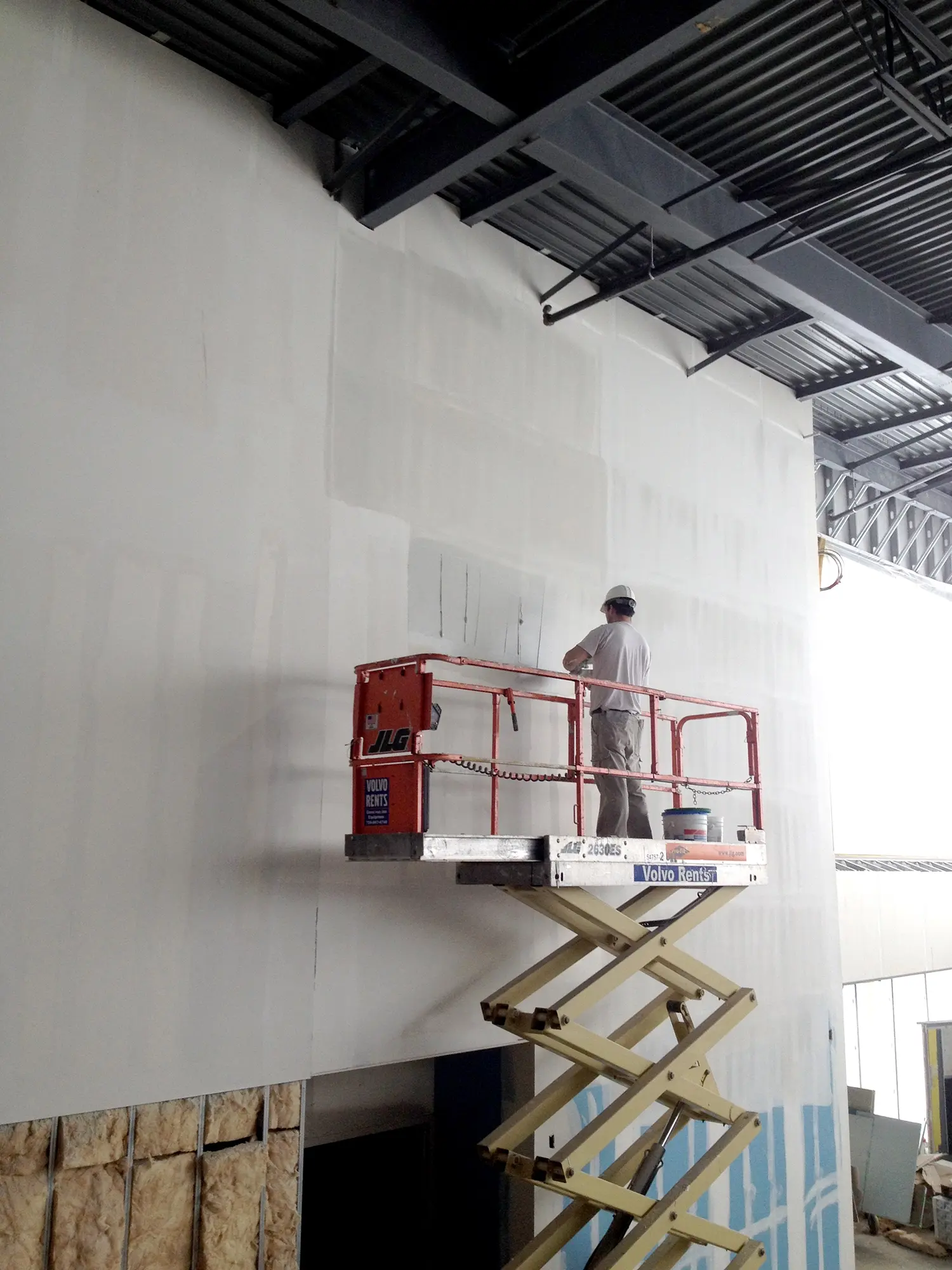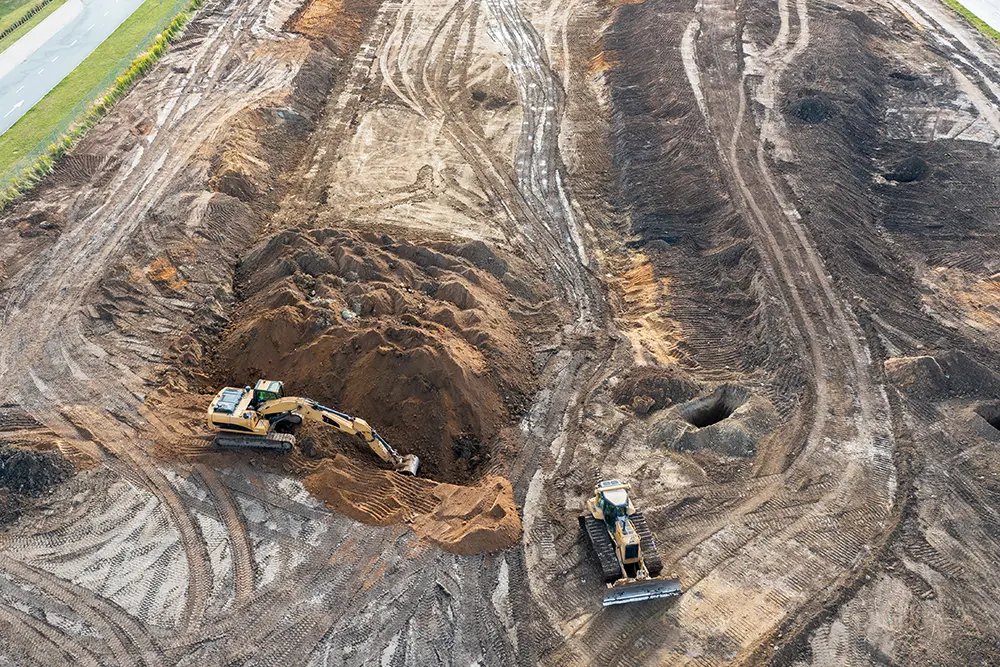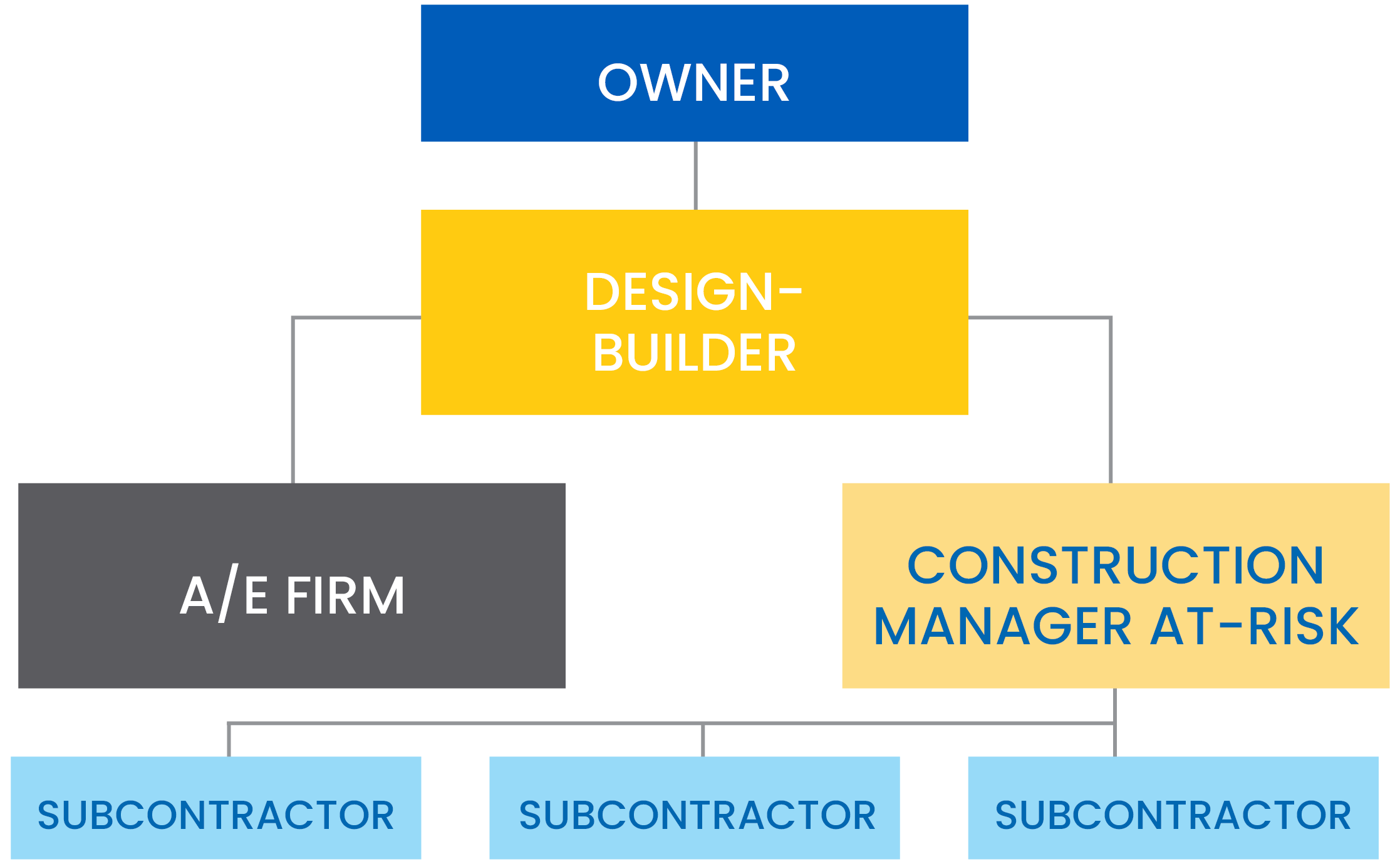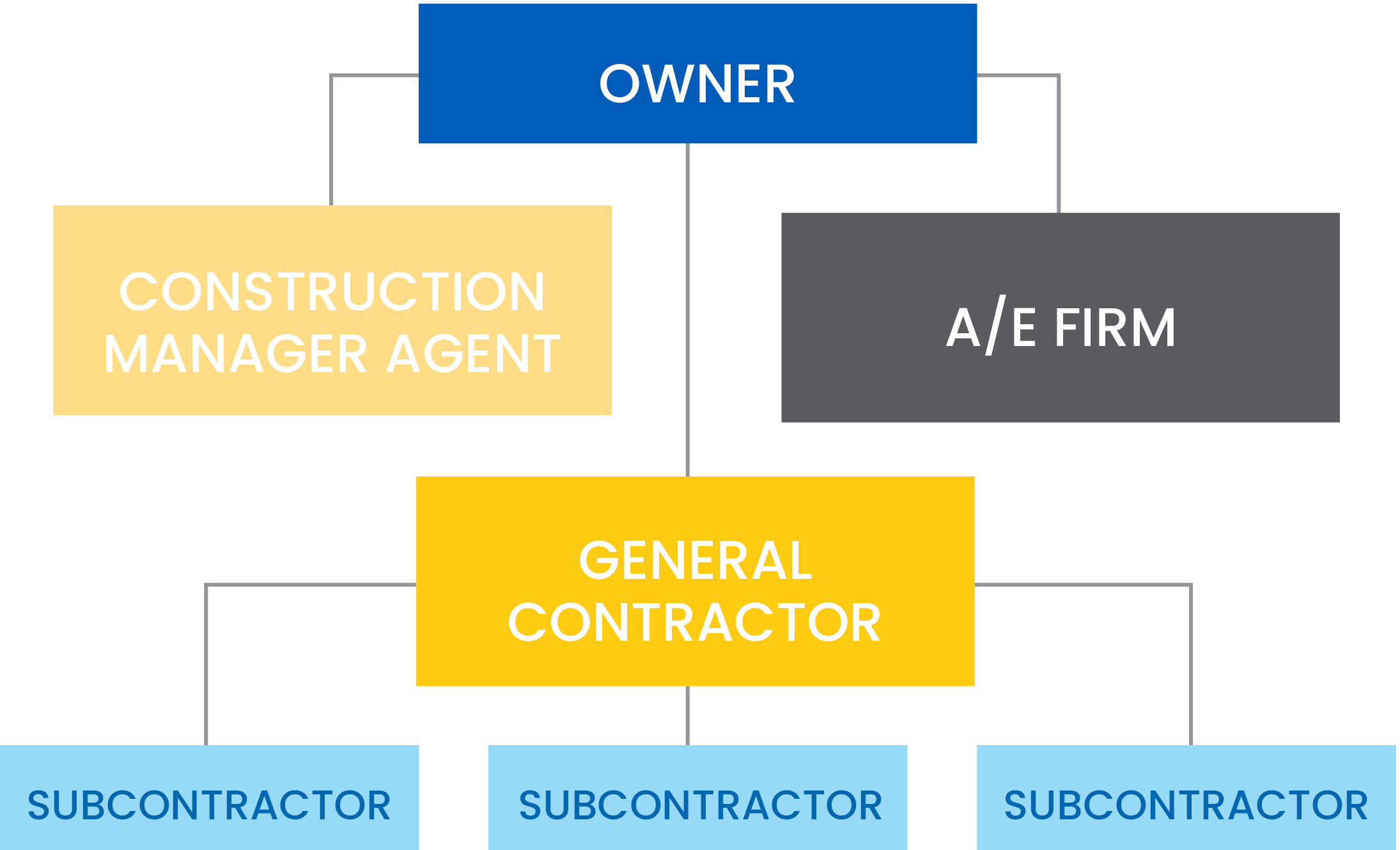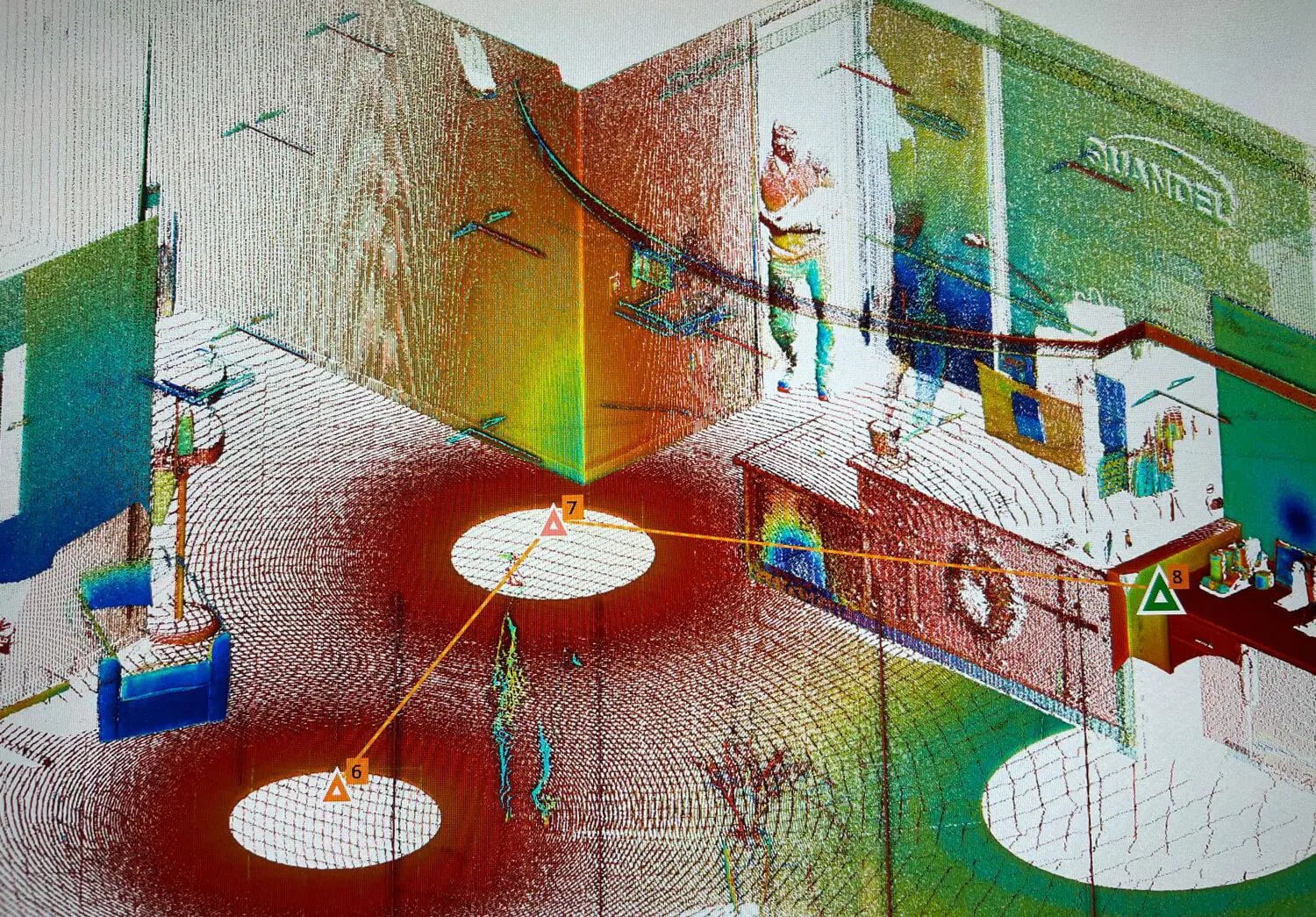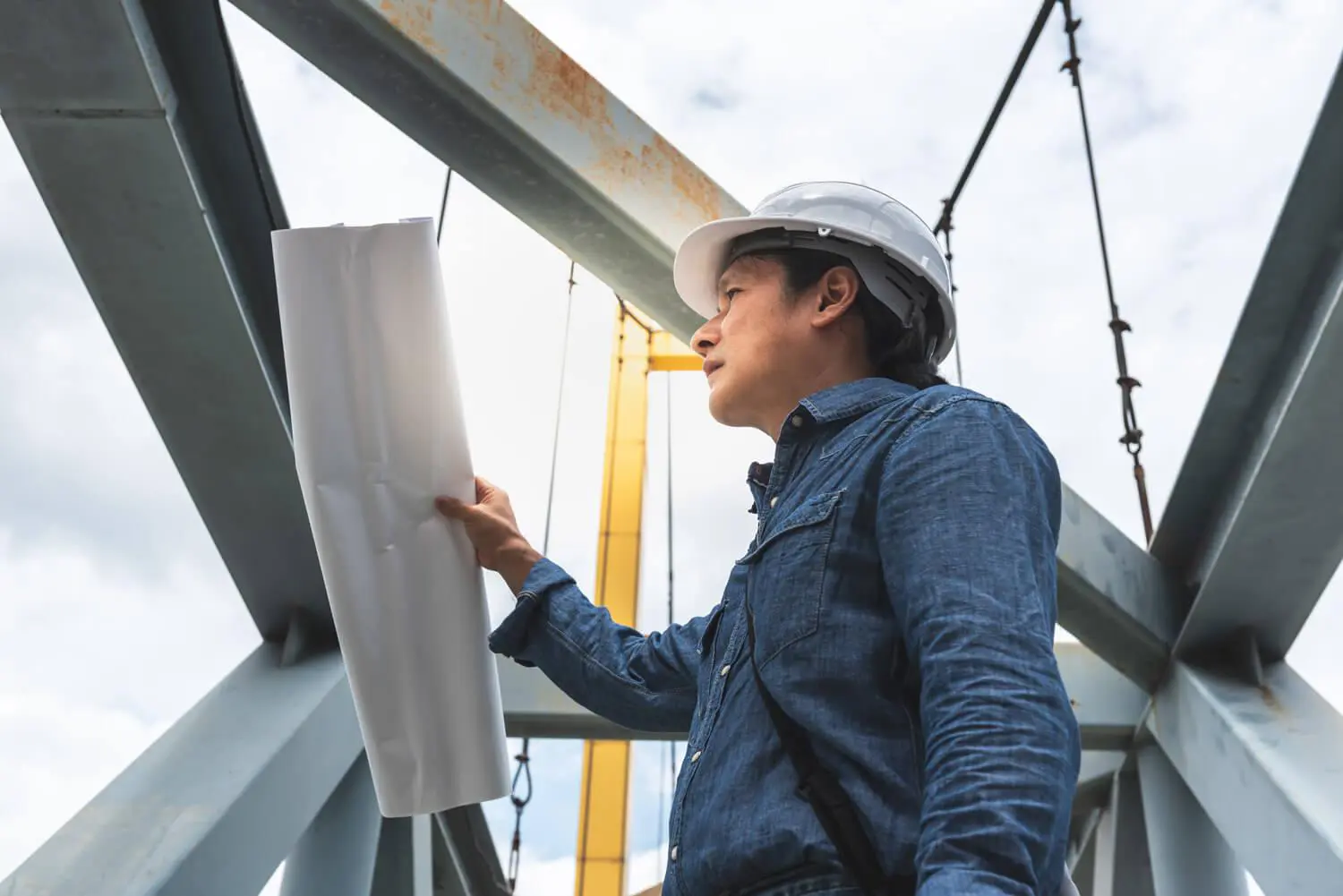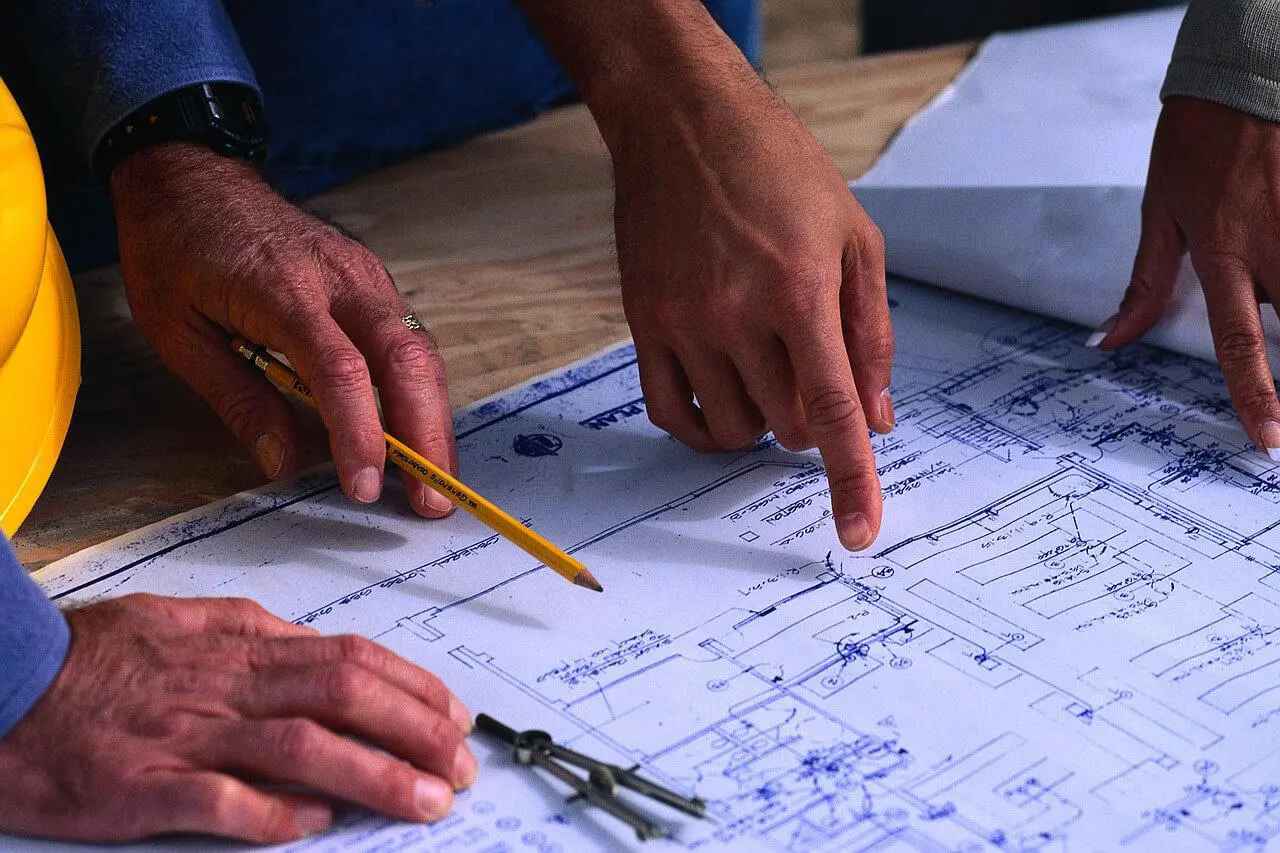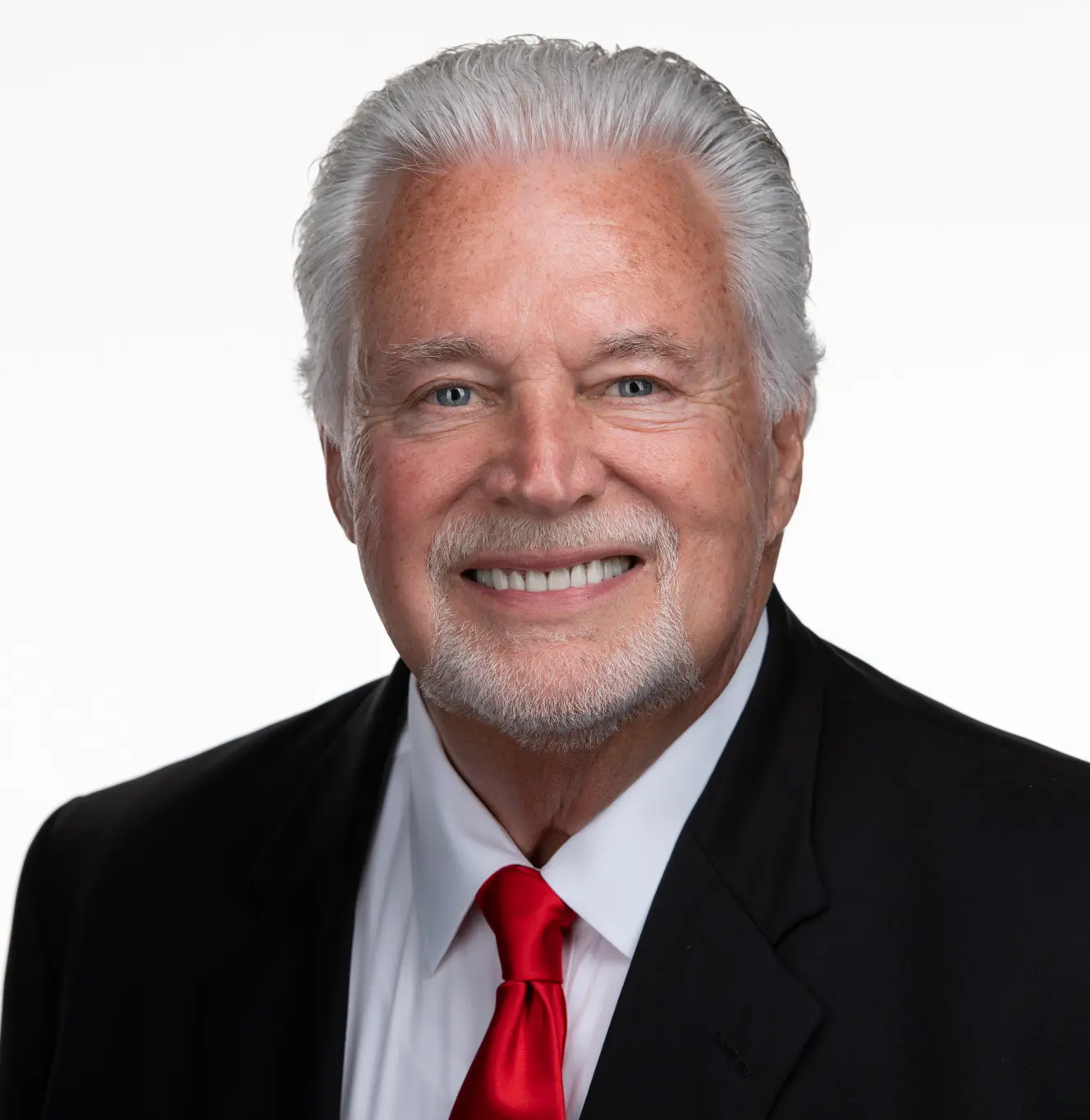Hot Work Operations
When engaging in welding, cutting, or grinding activities, it is crucial to prioritize safety due to the significant potential for accidents. By following established safety rules and wearing proper personal protective equipment (PPE), we can minimize risks and maintain a safe working environment.
Hot work encompasses various operations, including cutting, welding, thermal welding, brazing, soldering, grinding, thermal spraying, thawing pipe, and installation of torch-applied roof systems.
The following activities do not require a Hot Work Permit: fixed grinding wheels, electric soldering irons, heat guns, matches/lighters, process equipment (e.g., furnaces, ovens, hot water tanks, boilers, etc.), and lab-related activities such as Bunsen burners, hot plates, and propane/butane torches (equal to or less than 15oz).
GENERAL HOT WORK SAFETY RULES
1. Establish a Safe Designated Area:
- Whenever possible, relocate welding activities to a designated area away from combustible materials.
If hot work must be performed outside a designated area:
Complete the Quandel Hot Work Permit. - Maintain a 35-foot distance between the point of operation and combustible materials.
Alternatively, protect combustibles with a listed or approved welding curtain, welding blanket, welding pad, or equivalent.
Keep a readily available and easily accessible fire extinguisher.- Complete the Quandel Hot Work Permit.
- Maintain a 35-foot distance between the point of operation and combustible materials.
- Alternatively, protect combustibles with a listed or approved welding curtain, welding blanket, welding pad, or equivalent.
- Keep a readily available and easily accessible fire extinguisher.
2. Fire Watch Requirement:
- If the 35-foot rule cannot be maintained, assign a Fire Watch.
- A Fire Watch is an employee trained in hot work safety who is responsible for monitoring the hot work area for changing conditions and detecting fires.
- The Fire Watch should be someone other than the Hot Work Operator.
- Maintain a Fire Watch for at least 30 minutes after completing hot work operations to detect and extinguish smoldering fires.
3. Personal Potective Equipment (PPE):
- Wear appropriate PPE, including a face shield, leather welder’s vest, and gauntlet gloves.
- Use cotton or denim clothing to minimize fire hazards.
4. Adequate Ventilation:
- Have sufficient general ventilation in the work area.
- Use local exhaust ventilation to remove welding fumes and gases where they can accumulate and pose health hazards.
5. Equipment Inspection:
- Before operating, inspect equipment for loose connections, bare wires or cables, and verify proper grounding.
- All units must be equipped with back-flow prevention and flash back arrestors.
PROPER USE AND STORAGE PROCEDURES
- Store welding equipment in a location where it will not be susceptible to damage.
- Safeguard hoses and wires against potential damage.
- Secure cylinders in an upright position.
- For gas units, close valves at the end of the work shift and bleed lines to ensure gauges read zero.
By adhering to these hot work safety guidelines, we can prevent accidents and create a safer working environment. Always exercise caution, wear the appropriate PPE, and follow established safety rules to promote the well-being of yourself and those around you.

